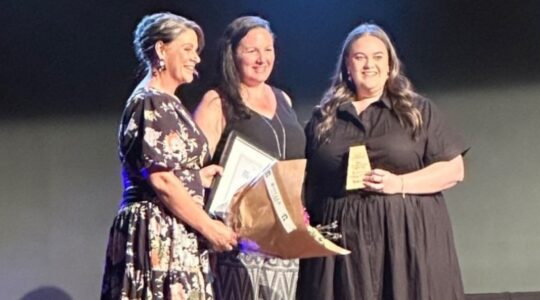Almost a quarter of Australians live in childcare ‘deserts’ with limited access to care and early education for their young children.
An international study, involving Victoria University’s Mitchell Institute, found about 24 percent of the country’s population lived in areas where there were more than three children per childcare place.
Mitchell Institute Director and lead author, Associate Professor Peter Hurley, said the study also found about 700,000 Australians lived in areas with virtually no access to childcare.
Associate Professor Hurley said the study mapped childcare accessibility across nine nations and for more than 10 million children.
“We know that high-quality accessible childcare has huge benefits, for both workforce participation and helping young children to thrive,” he said.
“Governments around the world are committing billions of dollars, pounds and euros to increase the supply of childcare, without much understanding of the best way to do it.
“For the first time, we can see the impact of different government policies and how nations compare. The results will affect the lives of millions of families around the world.”
Associate Professor Hurley said the International childcare report: Mapping the deserts, found that when it came to accessing childcare, where you lived mattered.
He said more affluent neighbourhoods had the best access to childcare.
“These are the neighbourhoods that also have higher childcare fees, showing providers are attracted to areas where they can charge more.
“But not all nations followed this pattern. Sweden and Norway enjoyed some of the greatest and fairest access, regardless of affluence levels.
“However, in France, England, Wales, and Australia, it required greater government involvement in the funding and location of childcare equivalent to that of the primary school system to ensure better access in more disadvantaged areas.”
Associate Professor Hurley said in terms of best to worst childcare accessibility, Australia ranked fourth out of the nine nations that formed the study.
He said the report also showed the number of childcare places in Australia increased by about 70,000 between 2020 and 2024.
“But even with this increase, lots of neighbourhoods in Australia continue to miss out.”
Associate Professor Hurley said the report confirmed universal childcare in Australia wouldn’t happen without substantial changes to the current system.
“Childcare affects us all and making sure that our system is working the best way it can is critically important.” Associate Professor Hurley said.








